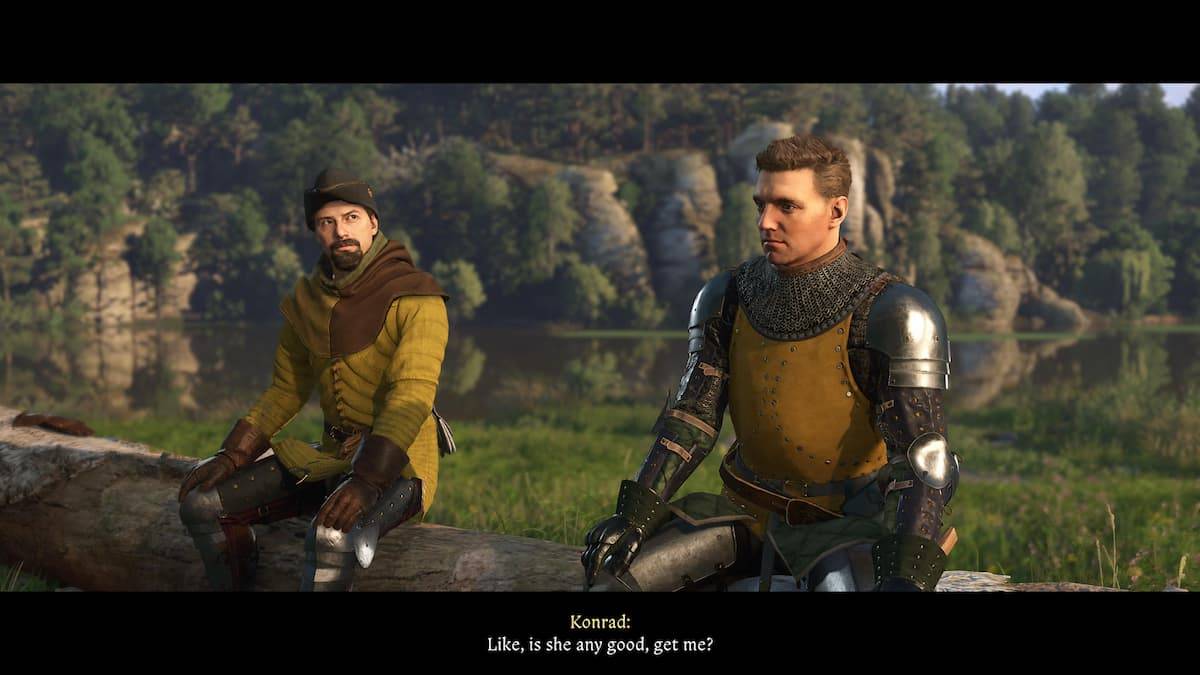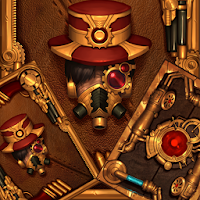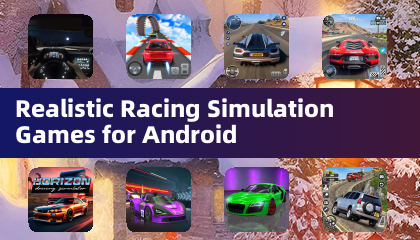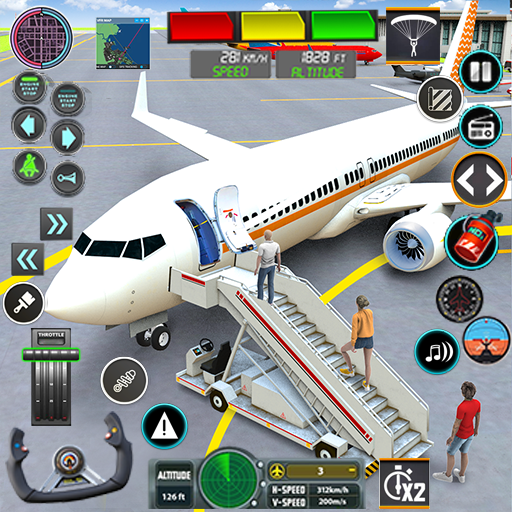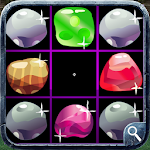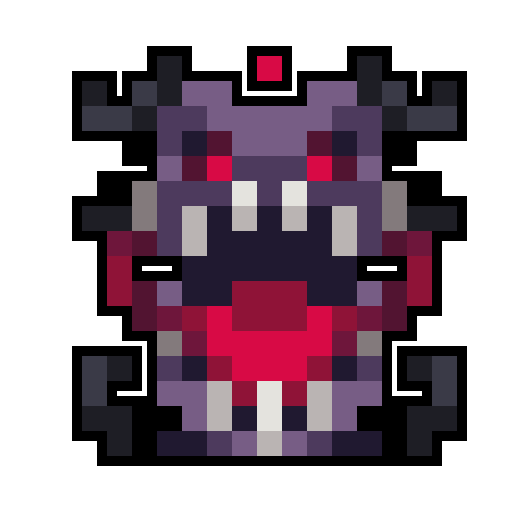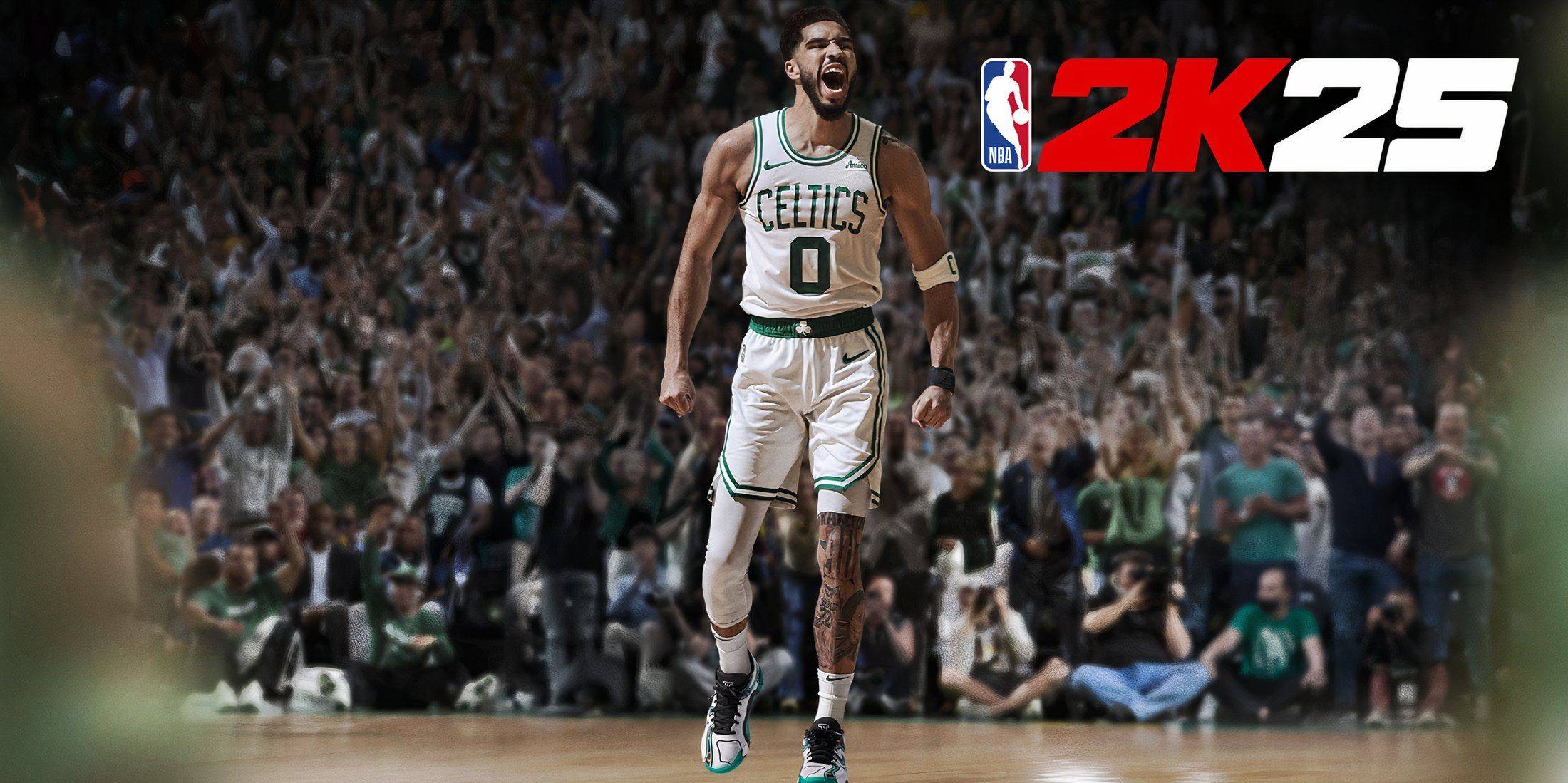From the arid deserts to the lush forests, the fiery volcanoes to the icy tundras, the Monster Hunter series showcases a variety of captivating environments, each with its unique ecosystem crafted by a diverse array of monsters. The thrill of exploring uncharted territories and traversing these lands in pursuit of your quarry is a cherished aspect of the Monster Hunter experience.
This tradition continues with Monster Hunter Wilds, the latest addition to the franchise. Following the Windward Plains and Scarlet Forest, adventurers will venture into the challenging Oilwell Basin, a region engulfed in flames and oilsilt. Here, hunters will navigate through paths obstructed by thick, dripping oil and molten magma. Despite its seemingly desolate appearance, the Oilwell Basin teems with life, as small creatures can be seen struggling through the mire. Scattered throughout are remnants of an ancient civilization, adding an air of mystery to the locale.
Yuya Tokuda, the director behind both Monster Hunter: World and Monster Hunter Wilds, elaborates on the Oilwell Basin:
"During the Fallow, the Oilwell Basin is a place filled with mud and oil. When the Inclemency known as the Firespring occurs, it burns away the oilsilt. During the Plenty, the burned-away oil and soot vanish, revealing the minerals, microorganisms, and the original colors of the manmade artifacts hidden beneath," he explains.
Down in the Muck
What was the development team's vision for the Oilwell Basin? We posed this question to Kaname Fujioka, the original Monster Hunter director, as well as the executive director and art director for Wilds.
"We wanted to create a vertically diverse environment after the horizontally expansive Windward Plains and Scarlet Forest," Fujioka shares. "The Oilwell Basin changes subtly as you move from the top to the middle and then to the bottom strata. Sunlight reaches the top, where oil accumulates like mud, and the deeper you go, the hotter it gets, with lava and other substances present."
Tokuda adds, "From the middle to the bottom strata, you'll encounter creatures reminiscent of aquatic life, similar to those found in deep seas or around underwater volcanoes. In Monster Hunter: World, we explored the concept of aquatic creatures living on land in the Coral Highlands, and we've applied this knowledge to craft the Oilwell Basin's ecosystem and its inhabitants."
Fujioka highlights the dramatic transformation of the environment: "During the Fallow and Inclemency, smoke billows from the Oilwell Basin, resembling a volcanic or hot spring area. But in the Plenty, it adopts a clear, almost marine-like appearance. A closer look at the environmental biology reveals a region teeming with creatures typically found on the ocean floor."
The Oilwell Basin's ecosystem is unique, thriving on geothermal energy rather than sunlight and vegetation like the Windward Plains and Scarlet Forest. Beneath the oilsilt, a complex web of life exists, from shellfish and crabs to small monsters providing raw meat. Larger monsters prey on these smaller ones, which in turn filter microorganisms from the oilsilt, while the microorganisms derive energy from the earth's heat.
The Oilwell Basin is home to distinct large monsters as well. One such creature is Rompopolo, a globular, noxious beast with a mouth resembling thin needles. Fujioka explains the inspiration behind its design:
"We envisioned Rompopolo as a tricky monster that thrives in swamps and disrupts players with its toxic gas. The concept of a mad scientist inspired its design, leading to its chemical purple hue and glowing red eyes. The equipment you can craft from it, including Palico gear, is surprisingly adorable."
Tokuda agrees, noting the charm of the Rompopolo Palico equipment, an aspect players can experience firsthand when they craft and use it.
Flames of Ajarakan
Another new monster in the Oilwell Basin is Ajarakan, a formidable creature resembling a massive gorilla wreathed in flames, yet with a more slender silhouette than the Scarlet Forest's Congalala.
Ajarakan's confrontations with Rompopolo for territory are depicted in this video, showcasing its unique martial arts-inspired movements, including a striking bear hug maneuver. Its use of fists adds a distinct charm, setting it apart from typical fanged beasts.
Tokuda discusses Ajarakan's design: "We wanted to make its threat more palpable by giving it a towering, top-heavy silhouette. We integrated flame elements fitting for the Oilwell Basin and wrestler-like grabbing attacks to emphasize its physical prowess. It's a monster that combines strength, physical attacks, and flames, like its molten projectile attack."
Fujioka adds, "Ajarakan's straightforward attacks, such as punching and slamming its fists to create flames, make it a monster whose strengths are easy to grasp. It stands out in the Oilwell Basin's ecosystem with its flashy, flame-accompanied attacks."
Fujioka reflects on the evolution of Ajarakan's design: "Initially, it was just a physically powerful monster. We wanted to inject more personality by incorporating flames and heat. Instead of simply breathing fire, we designed it to wear flames like the Buddhist deity Acala. The idea of its rising internal temperature melting anything in its path added significant character. We wanted players to dread being hugged by this scorching creature."
As development progressed, the team enhanced Ajarakan's moveset, incorporating flashier techniques like aerial jumps and ground slams to avoid the risk of monotonous, straightforward actions.
A Monster Generations in the Making
Dominating the Oilwell Basin as its apex predator is the "Black Flame," now officially named Nu Udra. With its slimy, oil-secreting body, Nu Udra stretches and wriggles throughout the region, enveloping itself in flames much like Rey Dau controls lightning in the Windward Plains and Uth Duna surrounds itself with water in the Scarlet Forest. The developers emphasize that apex predators in Wilds are designed with their regional elements in mind. Fujioka confirms the inspiration behind Nu Udra:
"Yes, it was octopuses. We aimed for a striking silhouette when it rises, giving it demonic horns while keeping its face obscured."
Tokuda notes that even the music accompanying battles with Nu Udra reflects demonic themes, creating a unique auditory experience.
Nu Udra's tentacle movements echo those of past monsters like Lagiacrus from Monster Hunter Tri. Both Tokuda and Fujioka have long harbored the concept of a tentacled monster, with Tokuda mentioning a proposal he wrote for Monster Hunter Tri that emphasized underwater combat and the creature's distinctive movements.
Fujioka discusses the influence of previous tentacled monsters like Yama Tsukami and Nakarkos on Nu Udra's development: "We always aim to introduce unique monsters at impactful moments. Their silhouette and the impression they leave are unlike those of standard monsters. Including too many can overwhelm players, but a well-timed introduction leaves a lasting impact."
Tokuda nostalgically recalls placing Yama Tsukami in Monster Hunter 2 (Dos), despite technological limitations at the time, to create a memorable encounter.
The realization of Nu Udra represents a significant achievement for both Tokuda and Fujioka. Unlike its predecessors, Nu Udra utilizes its cephalopod traits to freely navigate the environment, offering new gameplay experiences.
Fujioka explains the technical challenges: "Monsters with tentacles pose unique challenges in terms of terrain and targeting. When we started developing Wilds, the technical tests were promising, allowing us to bring this vision to life."
Tokuda adds, "Nu Udra's impact made it the natural choice for the Oilwell Basin's apex predator. It's a long-awaited realization of a concept I've held onto for years."
Nu Udra's animations, even outside of combat, showcase the attention to detail. After sustaining damage, it uses ancient, ruined pipes to maneuver through the area, entering small holes effortlessly. Fujioka highlights the effort put into depicting its flexible body:
"We challenged ourselves with Nu Udra's flexible body movements. While ambitious, the final result is visually stunning if we can achieve it."
The team's dedication to realizing their vision, even when faced with technical hurdles, is evident in their discussions. Tokuda recalls an animator's pride in Nu Udra's hole-entering animation, a moment that encapsulates the team's passion.
Fujioka proudly notes the real-time depiction of Nu Udra's movements, a testament to the team's hard work and innovative use of technology.
Facing Nu Udra in combat proves challenging, with its flexible body and tentacle attacks. Tokuda advises on strategies for defeating it:
"Its body is soft with many breakable parts. Hunters should focus on targeting these areas. Severing a tentacle reduces its area-of-effect attacks, making it easier to maneuver. It's also designed for multiplayer, with its attacks distributed among multiple targets."
Fujioka adds, "Nu Udra's design encourages an action-game approach, where destroying parts brings you closer to victory. It's similar to facing Gravios, where breaking its armor reveals a way to defeat it. Observing and reacting to its movements aligns with Monster Hunter's core gameplay."
A Welcome Reunion
Fujioka mentions Gravios, a returning monster from Monster Hunter Generations Ultimate, perfectly suited for the Oilwell Basin with its rocky carapace and hot gas emissions.
Tokuda explains the decision to bring back Gravios: "We chose monsters that fit the Oilwell Basin's environment and the game's progression, ensuring they offer a fresh challenge. Gravios was an ideal choice."
Facing Gravios again, its hardened body presents a formidable challenge. Tokuda elaborates on its role in the game:
"We wanted to preserve Gravios's signature hardness while making it a late-game challenge. As hunters progress, they'll discover more ways to defeat it by utilizing the wound system and part breaking."
All Monsters in Monster Hunter Wilds
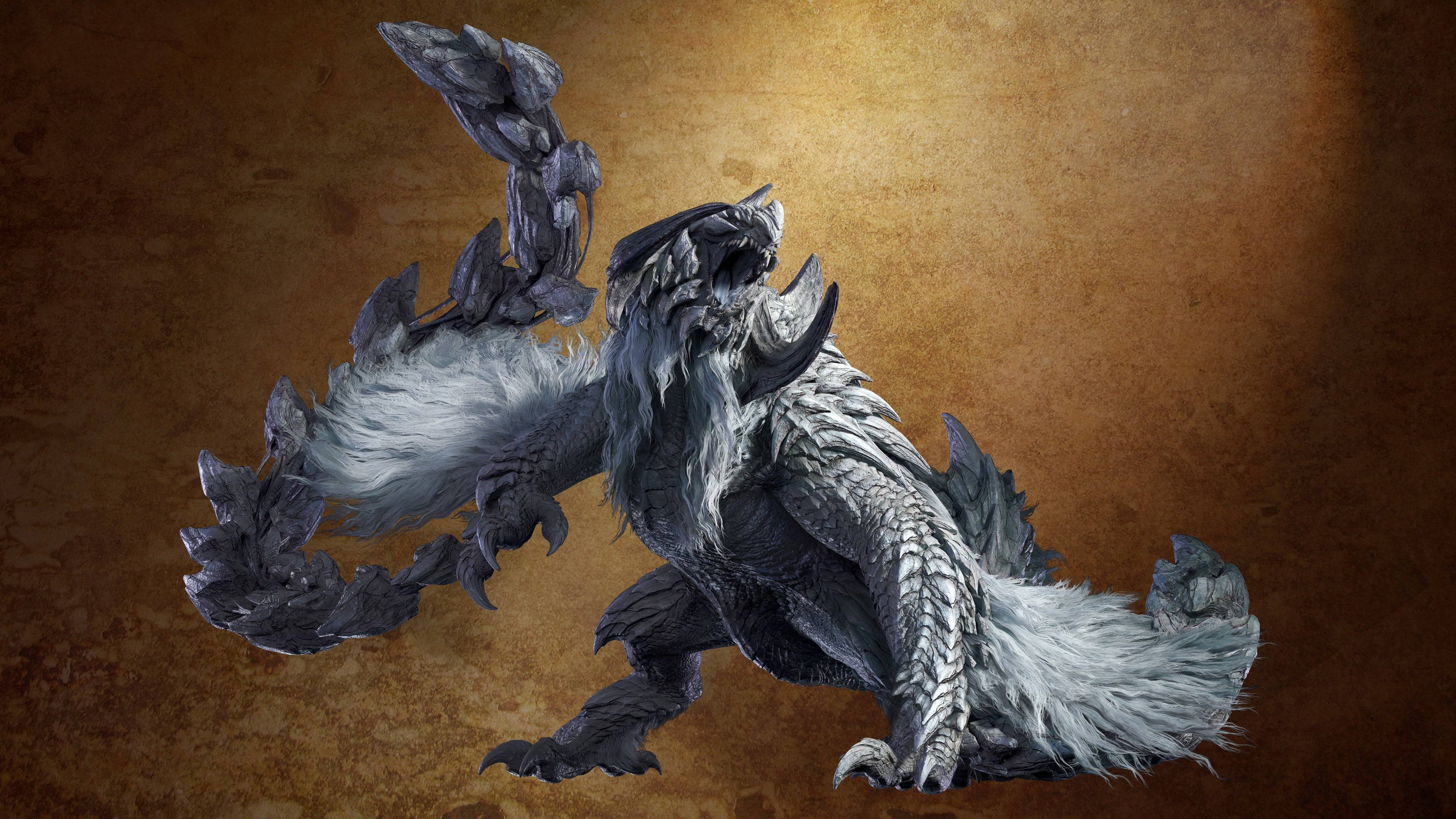
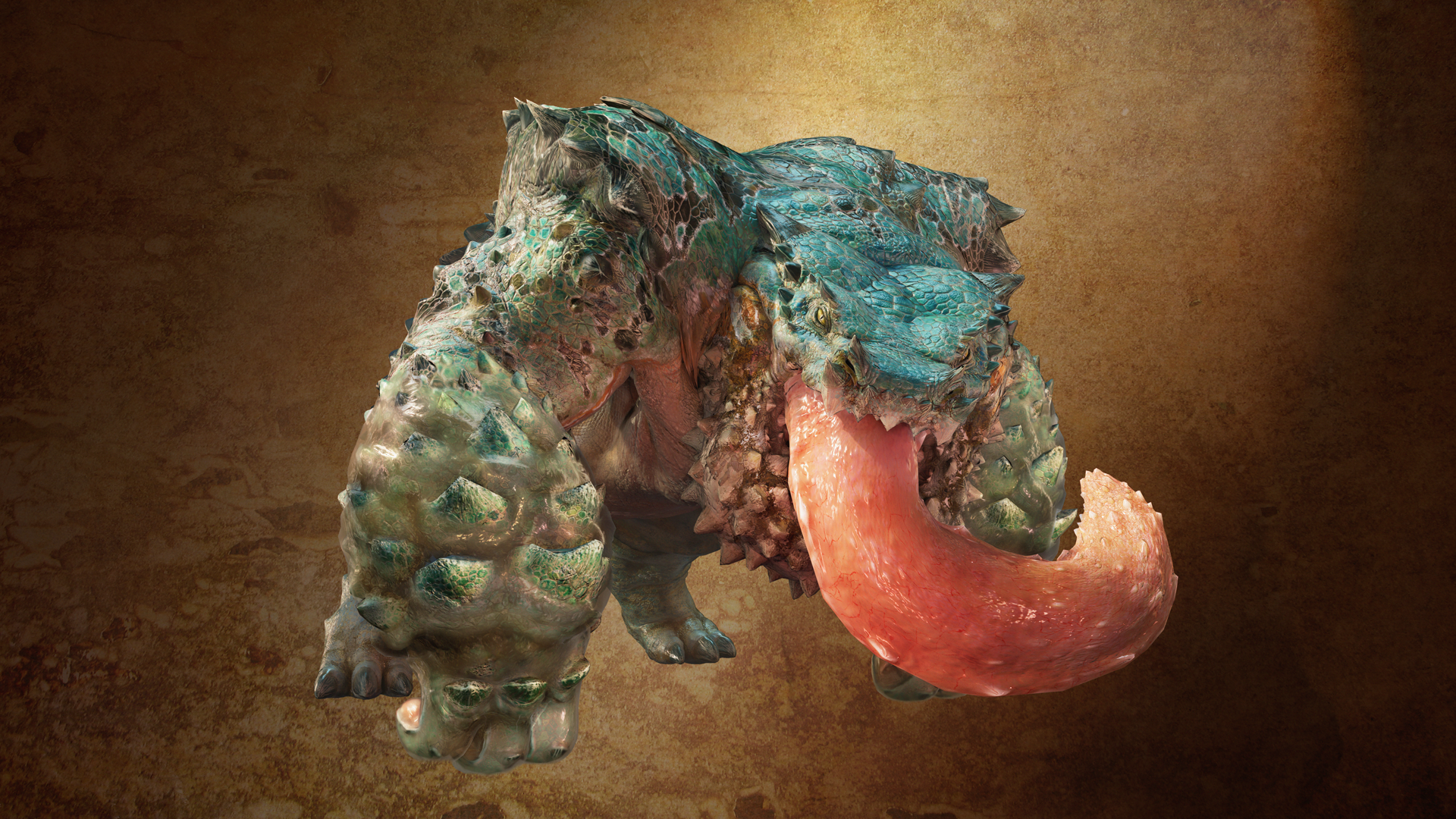 17 Images
17 Images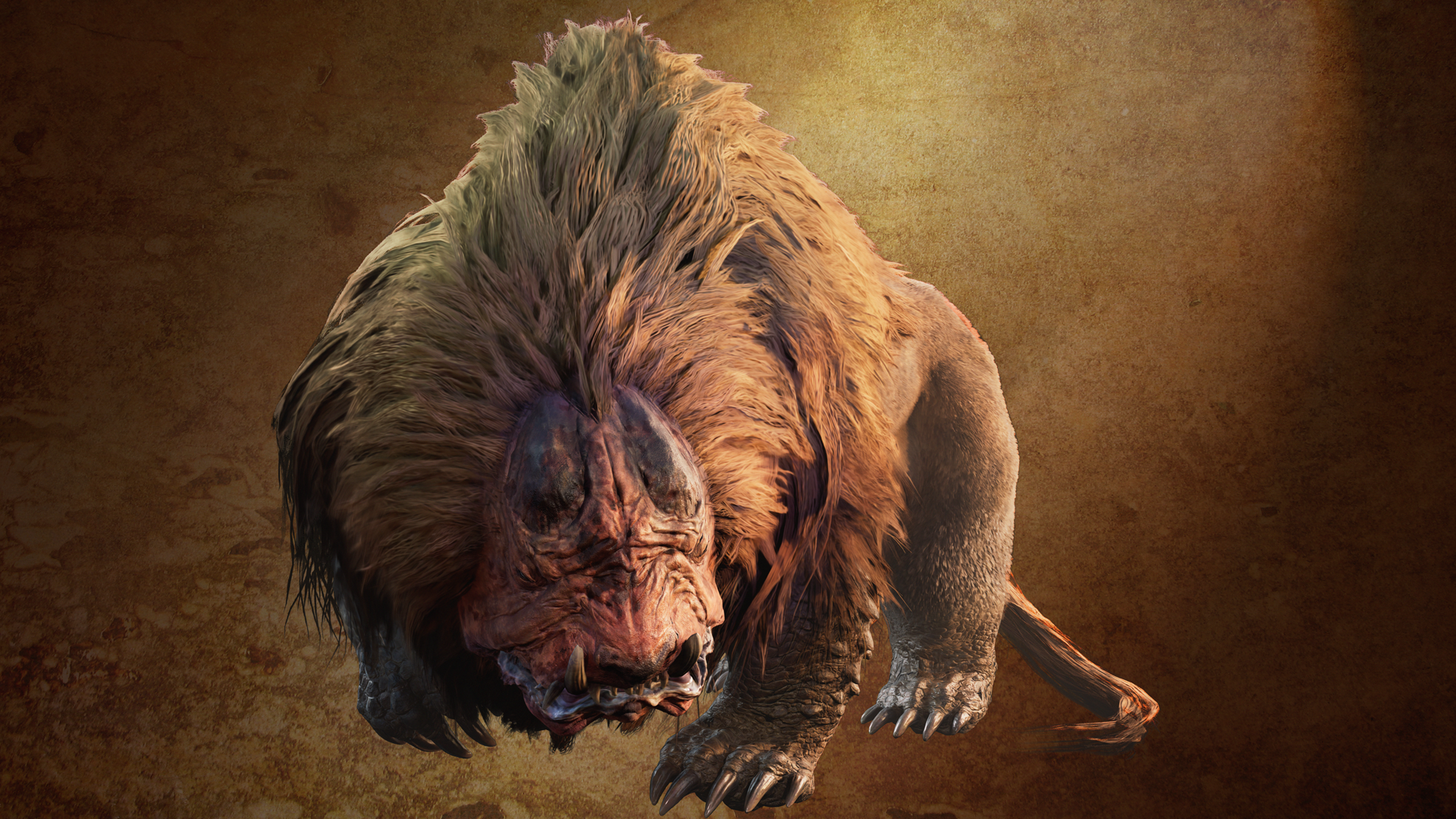


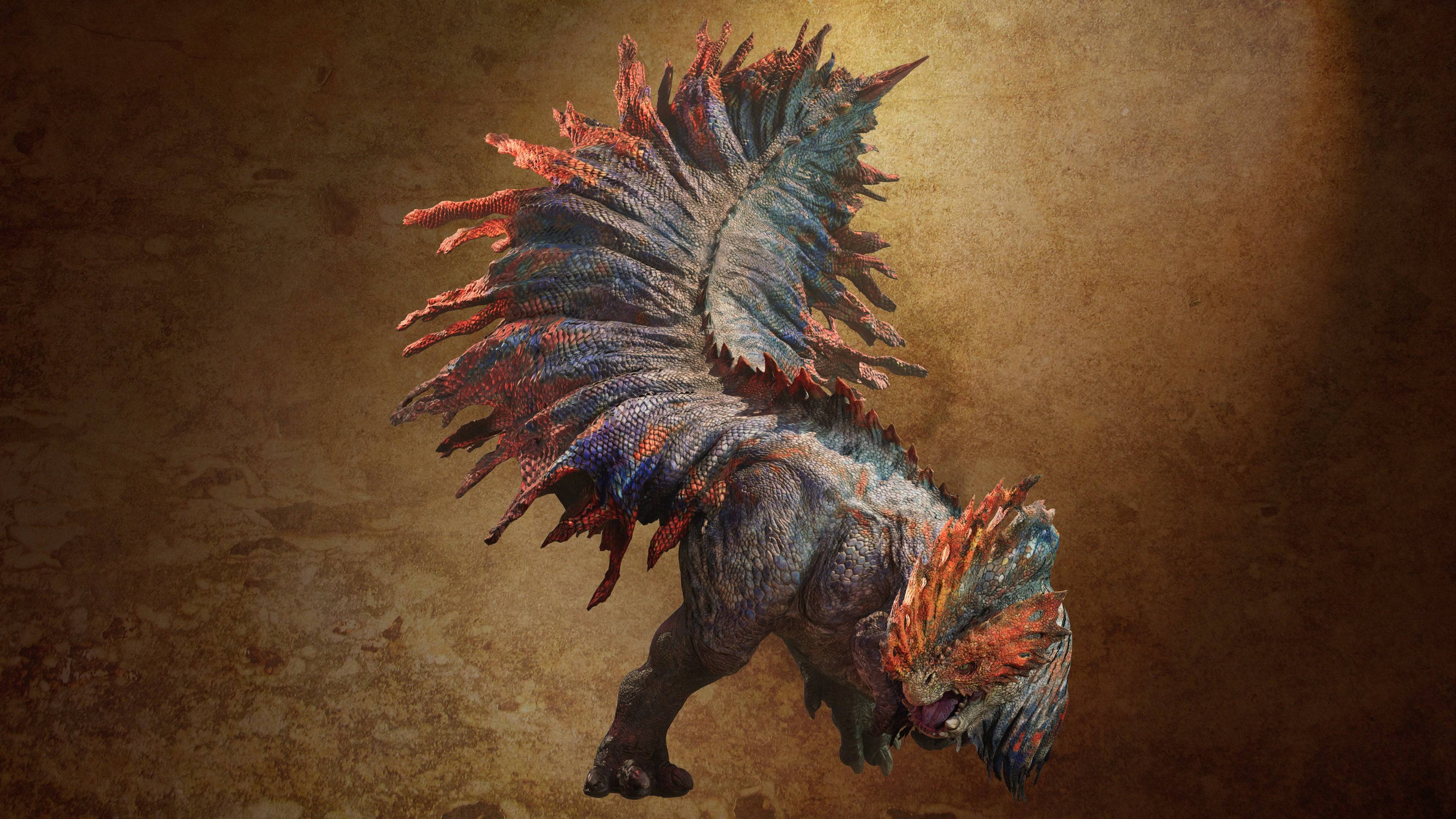 While Gravios returns, its juvenile form, Basarios, will not appear in Monster Hunter Wilds. Fujioka confirms, "Basarios will sit this one out."
While Gravios returns, its juvenile form, Basarios, will not appear in Monster Hunter Wilds. Fujioka confirms, "Basarios will sit this one out."
The Monster Hunter team carefully selects returning monsters to ensure they enhance the game's experience, a process detailed in our interview about monster selection. Although Basarios won't be featured, numerous other monsters will inhabit the Oilwell Basin, promising exciting hunts for players.
The anticipation of exploring the Oilwell Basin, Cool Drink in hand, is something I eagerly await.

